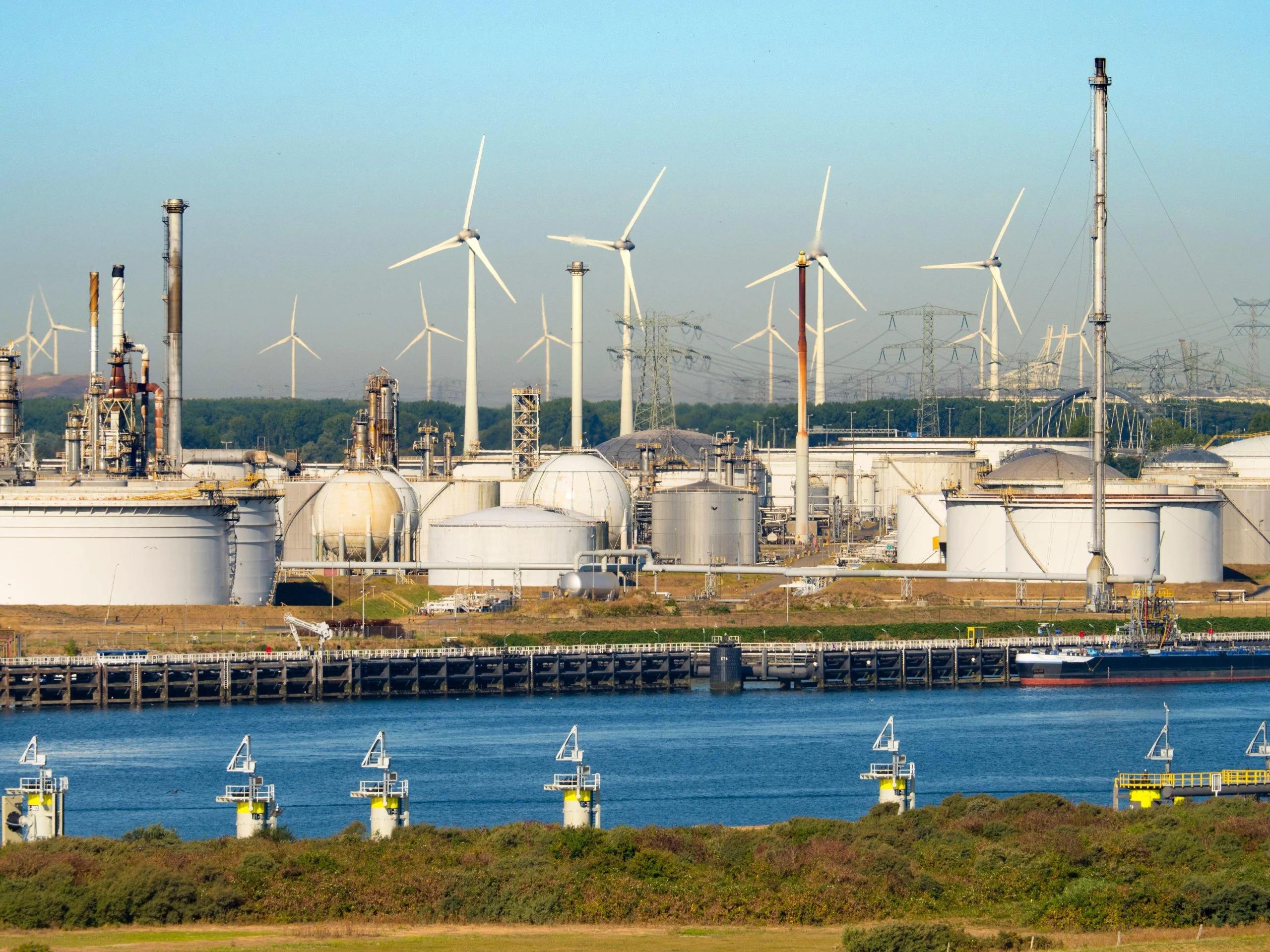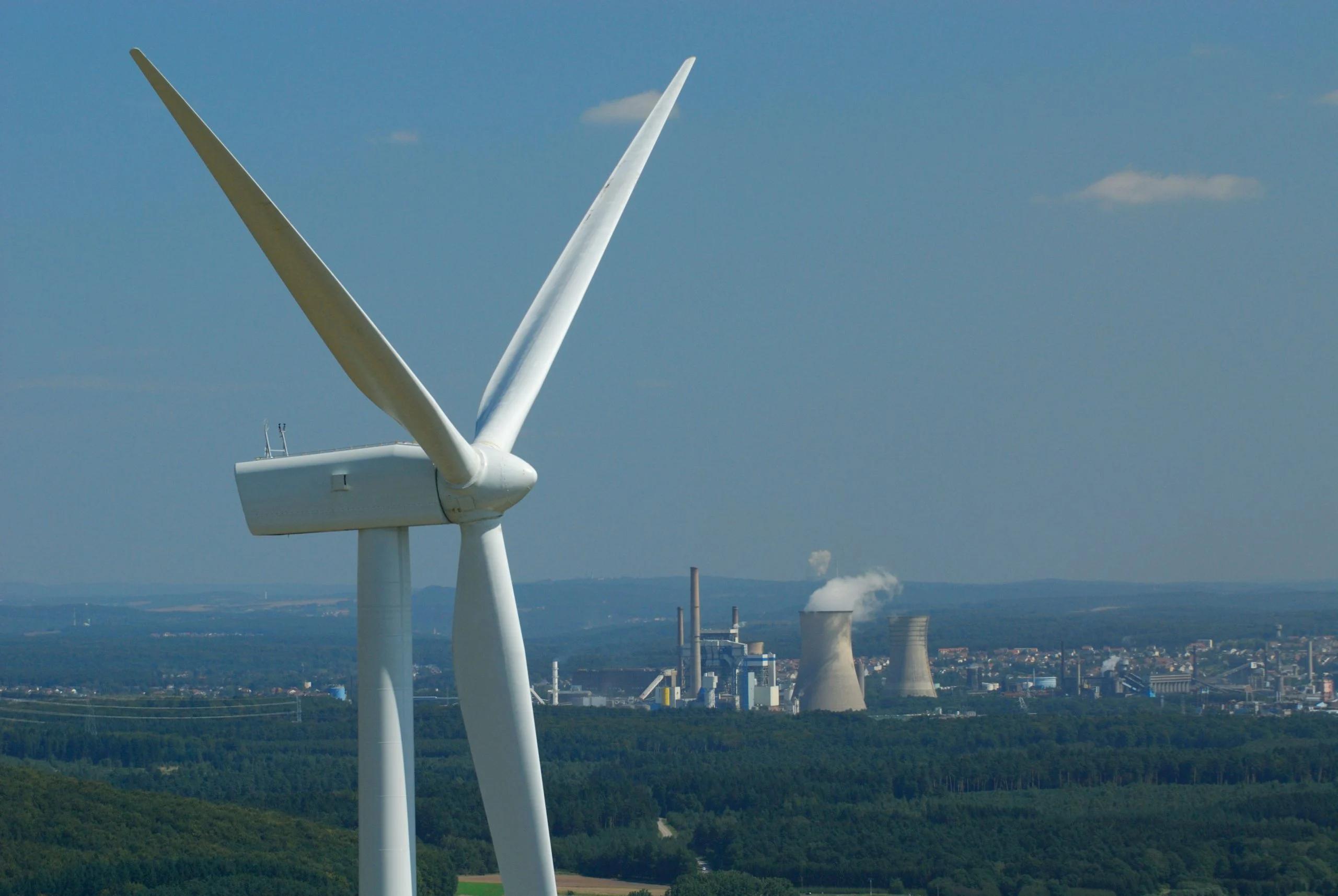Coleção de dados
O conjunto de dados subjacente para este relatório é a coleção de ambições nacionais da Ember para a implantação renovável para o setor de energia em 57 países e a UE. Neste relatório, definimos a ambição nacional como metas nacionais expressas em termos de capacidade de renovação cumulativa (GW) e/ou parcela de renováveis na geração total (%) que o governo pretende alcançar até 2030. Os dados de renovação de 2030 são resumidos em 57 países, mais os países da UE 1, como uma entidade individual e exclusiva, que é uma das pessoas que se renovam. Os seguintes tipos: leis nacionais, estratégia ou planos nacionais, ordens executivas e propostas de políticas submetidas ao processo legislativo. Se não houvesse dados de destino disponíveis em termos explícitos em um documento, usamos projeções fornecidas pelo governo ou estudos de terceiros que simulam trajetórias de desenvolvimento do setor de energia com base nas políticas atuais para o desenvolvimento renovável ou os alvos zero líquidos. Identificado claramente nos documentos oficiais da política do governo. Eles são usados como proxy para medir a ambição do país para implantação renovável. anos?
To collect this data, we reviewed government-issued policy documents of the following types: national laws, national strategy or plans, executive orders and policy proposals undergoing legislative process. If there was no target data available in explicit terms in such a document, we used projections provided by the government or third-party studies that simulate power sector development trajectories based on current policies for renewable development or net zero targets.
Target categorisation
Targets are categorised into three different types depending on how the targets are identified.
- Explicit targets are identified clearly in official government policy documents.
- Implicit targets are identified based on official projections or credible third-party studies. They are used as a proxy for measuring the country’s ambition for renewable deployment.
- Derived targets are Ember’s estimation for 2030 based on explicit targets for other years.
These targets were then assigned a confidence-level of the country’s ambition based on the following criteria:
- Has the source document for the target been updated in the last 1-3 years?
- (se o alvo estiver implícito) O estudo de origem é conduzido por uma agência governamental? Se as projeções são feitas por terceiros, quão confiável é? 17 países não têm participação nas metas de geração. As metas nacionais dos países da UE são excluídas, usando a meta da UE como representação de todos os países membros. Para explicar os dados ausentes, ajustamos as metas agregadas para 58 países e regiões contra sua participação na capacidade renovável global em 2022 (93%). 2023
Countries with no targets
Two countries have no capacity targets (Russia and Austria). 17 countries have no share of generation targets.
Global estimates for renewable capacity target
The sum of the national targets collected in this report is 6,738 GW. The EU countries’ national targets are excluded, using the EU’s target as a representation of all the member countries.
Since we have not collected data for every country in the world, not having a data point does not necessarily mean a country has no target. To account for the missing data, we adjusted the aggregate targets for 58 countries and regions against their share of global renewable capacity as of 2022 (93%).
To account for countries without capacity targets (Russia, Austria), we consulted projections provided in the following sources:
Relatório da capacidade solar na corrente alternada e direta
Os dados históricos de capacidade renovável são de Estatísticas de capacidade renovável de Irena 2023, relatado como capacidade operacional entregue à grade na corrente alternada (CA). Enquanto isso, as projeções futuras e a capacidade de fabricação solar da Agência Internacional de Energia são relatadas em DC (potência total dos painéis solares). As classificações de capacidade de projetos prospectivos nos dados da GEM geralmente são desconhecidos, pois essas informações geralmente não são especificadas. Não está claro se as metas nacionais são relatadas em CA ou CC. No entanto, devido à falta de clareza sobre os padrões de relatório e suas diferenças, essa análise usou dados, conforme relatado pelo provedor de dados sem qualquer conversão. Inclui bioenergia sólida, biocombustíveis líquidos e biogásia. A bioenergia como uma forma de renovável geralmente não é neutra em carbono e tem outros riscos.
Taxa de crescimento anual do composto (CAGR): taxa média anual de crescimento durante um período especificado, assumindo que o crescimento ocorre a uma taxa exponencialmente composta. usinas de energia, incluindo geração necessária para uso próprio. mostra um caminho para o setor de energia global alcançar emissões líquidas de CO2 zero até 2050. É consistente com a limitação do aumento da temperatura global a 1,5 graus Celsius. Embora metas implícitas não sejam metas legislativas ou legais, elas atuam como um proxy da ambição atual de renováveis na ausência de um alvo explícito. Inclui fotovoltaicos solares, térmicos solares, eólica offshore e onshore, hidrelétrica grande, hidrelétrica pequena, bioenergia e outras renováveis (ou seja, geotérmica). Geralmente medido como um quilowatt, megawatt ou gigawatt. Emissões globalmente por volta de 2050 e reduções profundas concorrentes nas emissões de forças não-CO2, particularmente metano. Zaimoglu
Solar capacity reported in DC is about 10 to 30% higher than that reported in AC. However, due to the lack of clarity on the reporting standards and their differences, this analysis used data as reported by the data provider without any conversion.
Definitions
Bioenergy: Energy content in solid, liquid and gaseous products derived from biomass feedstocks and biogas. It includes solid bioenergy, liquid biofuels and biogases. Bioenergy as a form of renewables is often not carbon neutral and has other risks.
Clean energy: Clean energy includes electricity generation from wind, solar, hydro, nuclear, biomass and other renewables.
Compound annual growth rate (CAGR): Mean annual growth rate over a specified period of time assuming growth takes place at an exponentially compounded rate.
Derived targets: Targets estimated by Ember for 2030 based on explicit targets for other years.
Electricity generation: The total amount of electricity generated by power only or combined heat and power plants including generation required for own use.
Explicit targets: Targets that are identified clearly in national strategy or plans, executive orders, legal texts, and policy proposals nearing approval.
IEA Net Zero Emissions by 2050 Scenario (NZE Scenario): A normative scenario put forward by the IEA that shows a pathway for the global energy sector to achieve net zero CO2 emissions by 2050. It is consistent with limiting the global temperature rise to 1.5 degrees Celsius.
Implicit targets: Targets that are sourced from official projections or credible third-party studies based on current renewable support policies and net zero targets. Although implicit targets are not legislative or legal targets, they act as a proxy for current ambition for renewables in the absence of an explicit target.
Renewable capacity: Renewable power generation capacity is measured as the maximum net generating capacity of power plants and other installations that use renewable energy sources to produce electricity. Includes solar photovoltaics, solar thermal, offshore and onshore wind, large hydro, small hydro, bioenergy, and other renewables (ie. geothermal). Usually measured as a kilowatt, megawatt, or gigawatt.
Renewable capacity factor: How much energy is produced by a renewable generation source compared to its maximum theoretical output, which varies across technologies.
1.5C: Limiting warming to 1.5 degrees Celsius implies reaching net zero CO2 emissions globally around 2050 and concurrent deep reductions in emissions of non-CO2 forcers, particularly methane.







